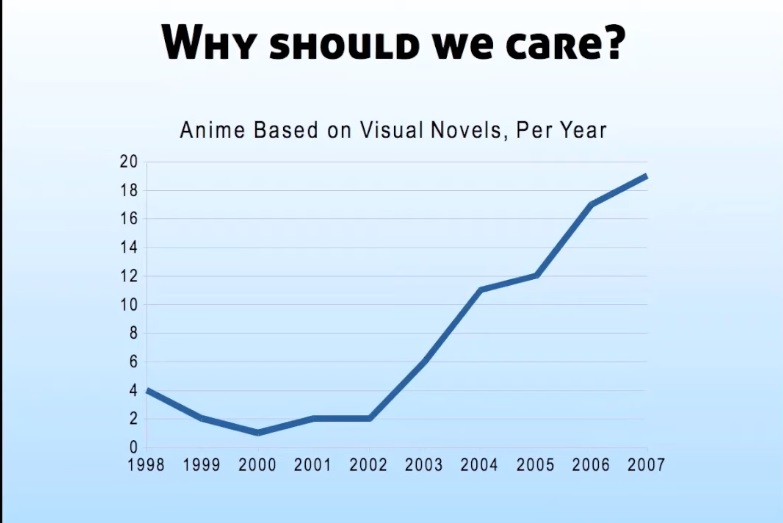Japanimation

A place to discuss anime / japanimation, preferably pre-2000 stuff, but anything's allowed. This includes manga as well similar material from Korea and China. News, reviews, academic articles, screenshots, clips, questions, etc. are all encouraged.
Resources
Anime Databases:
MyAnimeList.net
AniDB.net
ANN Encyclopedia
Anisearch.com
Anime News Sites:
Anime News Network
Otaku USA Magazine
A.I.R
CBR.com - anime tag
Animation Magazine - anime tag
Honey's Anime
OTAQUEST
The Japan Times - anime tag
Anime Herald
Yatta-Tachi
AniTAY
Other Resources:
The r/AnimePiracy Index
The r/AnimePiracy stream search
AniChart
Anime.plus MAL extenstion
Sakugabooru
Rubberslug.com
IsThisDubbed?
AJA's annual Anime Industry Report
Other, Other Rescoures:
[reserved for now, feel free to recommend some]
